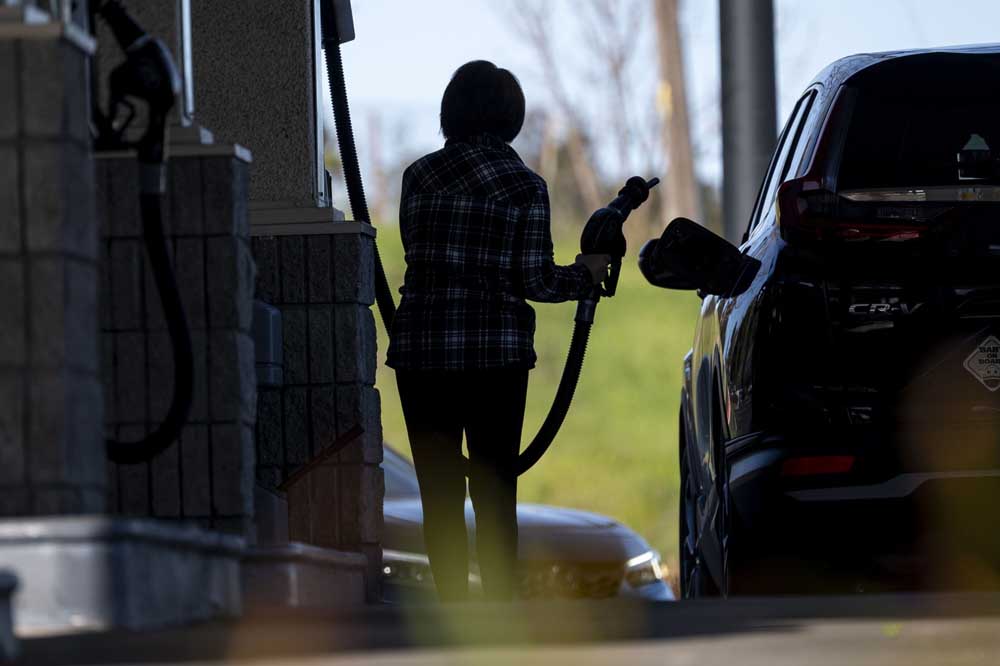Summer pump prices set to hit $4 a gallon just as Americans hit the road
Published 12:16 pm Wednesday, March 27, 2024

- A customer prepares to fuel a vehicle at a gas station in Hercules, California, on March 14. Disruptions on the world's major trade routes, refinery closures and resurgent demand are pushing up global fuel prices and making forecasts difficult in the run-up to a U.S. presidential election in which inflation will be a key issue.
U.S. pump prices are likely to climb to the highest since the summer of 2022 — to $4 a gallon — as oil rises amid supply concerns, according to the AAA automobile club.
Futures and pump prices have been boosted the past few weeks by the transition to summer-grade gasoline and as inventories shrink to the lowest since December. Attacks on Russian refineries have taken about 600,000 barrels a day of capacity, further enforcing concerns.
The hike at the pump likely will force Americans to make lifestyle changes and be a focus in November’s presidential election, said Devin Gladden, a spokesperson for AAA, which tracks gasoline prices.
Higher gasoline prices jeopardize the fight against inflation that’s dogged both President Joe Biden and Federal Reserve Chair Jerome Powell. In 2022, Biden released a record amount of emergency oil supply in order to tame gasoline’s summertime surge that saw pump prices top $5. But now, the administration is trying to refill the reserves as the vast caverns sit depleted. That leaves fewer tools left to cool spikes.
In addition, maintenance at US refineries and unexpected outages caused by leaks and fires have had an impact on the market, Gladden said. The current national average price at the pump is around $3.53 a gallon. Futures settled at about $2.75 per gallon Monday in New York, a six-month high.
“One fire that could last for weeks — that could really put supply in a tight crunch, just like we saw in the Midwest this winter,” Gladden said, referring to the BP Plc. refinery in Whiting, Indiana, in February. “If we see more incidents like that because of aging refinery infrastructure, that could certainly put a crimp on supply, particularly during the summer when we typically see higher demand levels.”






